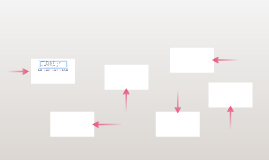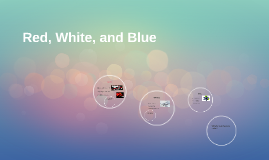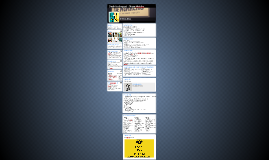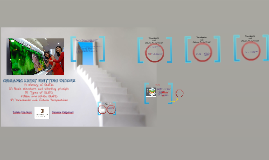Blue and White OLEDs
Transcript: 1) History of OLED 2) Basic structure and Working principle 3) Types of OLED 4)Blue and White OLED 5) Drawbacks and Future Perspectives in 1907, Captain Henry Joseph Round generated the light upon the movement of electrons and electron holes in the early 1950s, Bernanose and coworkers discovered the electroluminescence in organic materials In 1987, first working OLED device was developed at the Eastmen Kodak Company Let's jump on the OLED types To examine the stability of the device, scientists annealed it at 120 ̊C in air higher 7.40% EQE due to minimizing the morphology defects by annealing. the color of the emission was sky-blue, which is out of the range of true blue OLED Blu2 structure was doped into CBP=> EQE =9.4% TRANSPARENT Drawbacks and Future Perspectives FP white OLED Types of OLED's PEDOT and PCBM fluorescence of blue dopant phosphorescence of red and green dopants damaging the working functionality of the screen. Emissive layer Improvements in EQE red EQE = 2.0% blue - AMOLED is made up of the sheets of cathode and anode layers - The TFT controls the brightness and which pixel gets turned on to form an image. - The role of TFT is the same as for external circuity, but uses less power - This allows the AMOLEDs to be used for computer monitors, large screen TVs, and even billboards. the exposure to UV-light reduce in the brightness green PMOLED The structure consists of only transparent materials. The transparency of materials allows to act as passive and active matrix OLEDs Today, transparent OLED displays are used in producing heads-up displays, automotive and civil aviation industries. External quantum efficiency - 18.4% the quality of light was low - Passive-matrix OLED - Active-matrix OLED - Transparent OLED Today OLED technology is widely used in the production of displays Bis(2-(2’-benzothienyl)-pyridinato- N,C3’)(acetylacetonate)Ir(III) 4,4’-Bis(2,2’-diphenylvinyl)-1,1’-biphenyl(DPVBi) iridium(III) phenylpyridine Damir Karimov K. Fehse find a correlation between the amount of moisture in CL and the overall efficiency BLUE OLEDS The main issue for all OLED displays is low lifetime Chang group developed cascade emissive layered OLED. EQE (19.2%) Conductive layer OLED Structures of poly(p-phenylene-vinylene), poly(1,4-phenylene) and polyfluorene ANODE Indium tin oxide better brightness, efficiency and productivity due to the more efficient injection of holes into the layers. too expensive and toxic metal aluminum doped zinc-oxide provides even higher external quantum efficiency at higher voltages Dauren Kalpakov Improvements in thickness of Blu2 green and red - Current flows from cathode to anode - the electrons find holes in organic layer - once electron settles, it causes light emission in the form of photon produce larger blue pixels on a display that will lead to the slow degradation of OLED BLUE OLEDS Firstly, Zhen and co-workers achieved highly efficient blue fluorescent OLED Drawbacks and Future Perspectives Most cathode structures consist of low work function metal deposits. Essential for cathode to lower the electron injection barrier and at the same time to increase electron injection to the layer WHITE OLEDS ORGANIC LIGHT EMITTING DIODES initially to configure the blue OLEDS at higher brightness blur image quality blue Drawbacks and Future Perspectives - They are made up of cathode and anode strips, controlled by external circuity - Consumes more power than other OLED types - They are most efficient for smaller screens UV blocking layer must be installed on a device and protect from the direct sun light. low quality images (phones, cameras, tablets) the combination of colors produces white OLED the proper concentration of color dopants is required blue (20%), red (2%), green (0.5%) AMOLED Separate emissive layers OLED the external quantum efficiency - 14.4% BLUE AND WHITE OLEDS BLUE OLEDS EQE = 23.3% Quick degradation of blue light EQE = 4.99% Main disadvantages of white OLEDs short lifetime of blue phosphors comparing to other types, it is much cheaper allows to view under different angles without losing image quality solutions are proposed to minimize the drawbacks

















